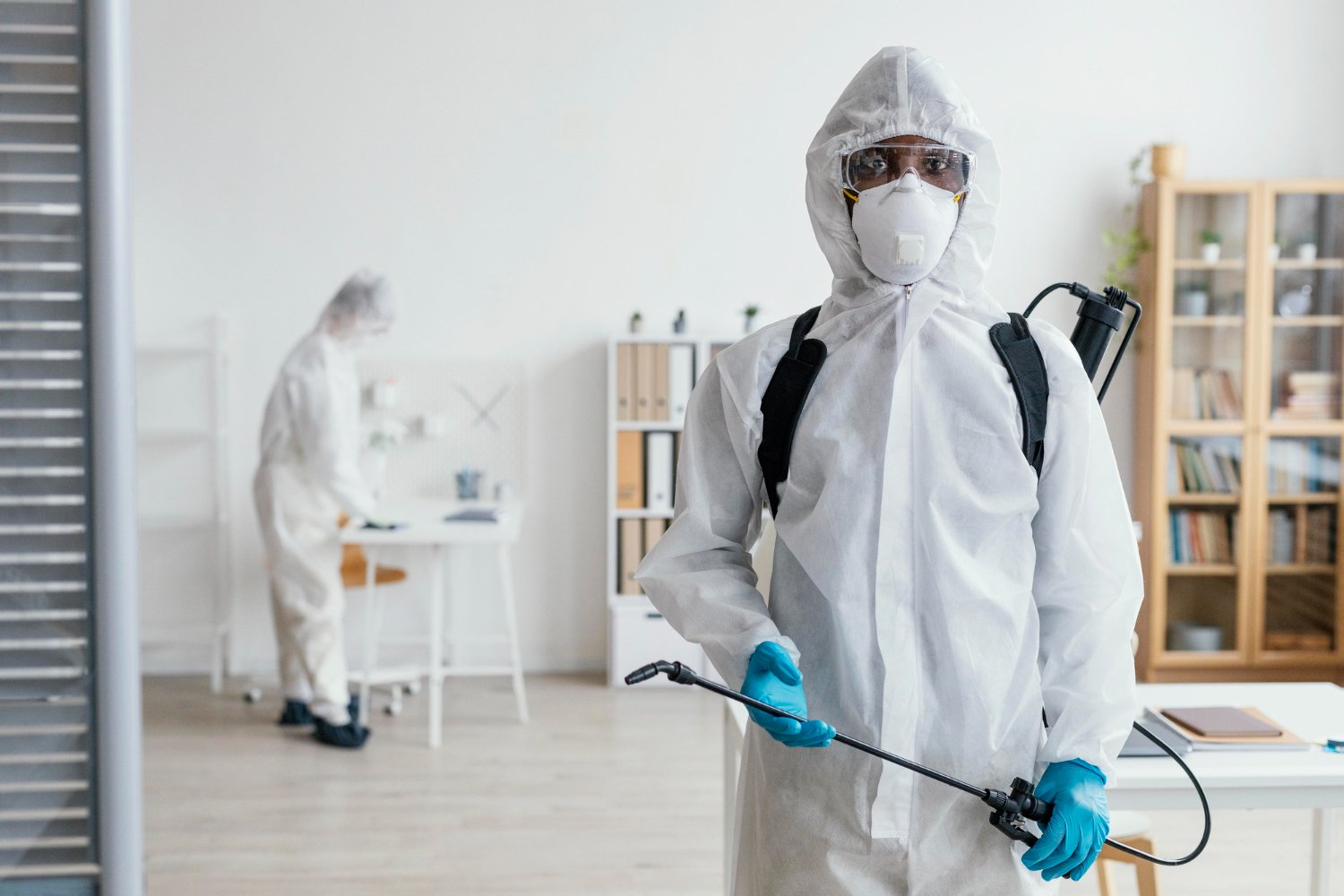Relied On A1 Exterminator Charlotte NC - Comprehensive Pest Solutions
Wiki Article
Bed Insect Therapy Breakdown: Contrasting Chemical Vs. Non-Chemical Solutions
In the world of bug control, specifically when dealing with the consistent concern of bed bugs, the choice between chemical and non-chemical treatment services can be a pivotal one. Both approaches supply distinctive benefits and downsides, affecting factors such as efficiency, security considerations, and total expense. By analyzing the nuanced information of each method, a more clear understanding of which course to seek in resolving a bed bug invasion can be achieved.Effectiveness of Chemical Treatments
Chemical treatments for bed bug invasions have actually been commonly acknowledged for their quick and potent efficiency in getting rid of these bugs. When taking into consideration the effectiveness of chemical treatments, it is important to comprehend that they can provide a complete and fast remedy to a bed bug trouble.Moreover, chemical therapies have the benefit of providing recurring effects, implying that they can remain to remove bed insects also after the initial application. This recurring action is specifically valuable in combating any prospective re-infestations. In addition, the rapid activity of chemical treatments can bring alleviation to people facing severe bed bug infestations, allowing them to reclaim control of their space promptly.
Safety And Security Issues With Chemical Solutions
One critical element that requires mindful consideration when utilizing chemical remedies for bed insect treatment is making sure the security of residents and the atmosphere. Direct exposure to certain chemicals used in bed pest therapies can lead to respiratory problems, skin irritation, or other unfavorable responses, particularly in people with pre-existing problems or level of sensitivities.Furthermore, the environmental impact of chemical services is an additional substantial factor to consider. Some pesticides used in bed pest therapies might be unsafe to advantageous insects, wildlife, and communities if they seep into the dirt or water supply. It is essential to make use of chemical treatments deliberately, following security guidelines, and thinking about much less toxic options to reduce these dangers and make sure the efficient and safe administration of bed pest invasions.
Benefits of Non-Chemical Techniques
Taking into consideration the prospective safety problems and environmental influence linked with chemical remedies for bed insect treatment, exploring non-chemical techniques provides a promising alternative with numerous unique advantages. Non-chemical therapies are environmentally friendly, as they do not add to air or water pollution, making them a sustainable choice for pest control.Furthermore, non-chemical options can be reliable in targeting bed bugs, consisting of hard-to-reach areas where chemical treatments may not pass through - A1 pest control services charlotte. Techniques such as warm therapy, vacuuming, vapor cleaning, and cushion encasements give comprehensive removal without the use of unsafe chemicals.
Limitations of Non-Chemical Treatments

A1 bed bug treatment in charlotte Additionally, non-chemical treatments frequently call for numerous applications to achieve successful elimination. This can be taxing and may not constantly ensure full elimination of all bed pests and their eggs, particularly in hidden or hard-to-reach places.
Moreover, the success of non-chemical treatments greatly relies upon correct implementation and thoroughness, which can be testing for individuals without specialist know-how. Insufficient application of non-chemical approaches might result in incomplete elimination, resulting in consistent problems and the need for additional therapies.
As a result, while non-chemical therapies have their advantages, it is important to acknowledge these limitations and consider them when identifying one of the most efficient approach for managing bed insect problems.
Cost Comparison: Chemical Vs. Non-Chemical Options
Provided the constraints connected with non-chemical therapies, an important aspect to evaluate in the context of bed insect management is the price comparison between chemical and non-chemical options. In contrast, non-chemical treatments like warmth treatment or heavy steam can be a lot more pricey, with expenses ranging from $1,000 to $6,000 for a whole home. While the preliminary price of chemical therapies might seem lower, numerous therapies might be needed to fully remove the problem, potentially raising the overall price.Conclusion

Taking into consideration the prospective security issues and ecological influence connected with chemical remedies for bed pest treatment, checking out non-chemical approaches provides an encouraging option with numerous distinct advantages.Given the restrictions connected with non-chemical therapies, a crucial aspect to examine in the context of bed insect management is the price contrast between chemical and non-chemical choices. In comparison, non-chemical treatments like warm therapy or heavy steam can be more expensive, with costs ranging from $1,000 to $6,000 for a whole home. While the initial price of chemical treatments may appear reduced, multiple treatments might be needed to totally eradicate the invasion, potentially enhancing the total price.In conclusion, when contrasting chemical and non-chemical bed insect treatment choices, it is crucial to consider effectiveness, safety, advantages, limitations, and cost.
Report this wiki page